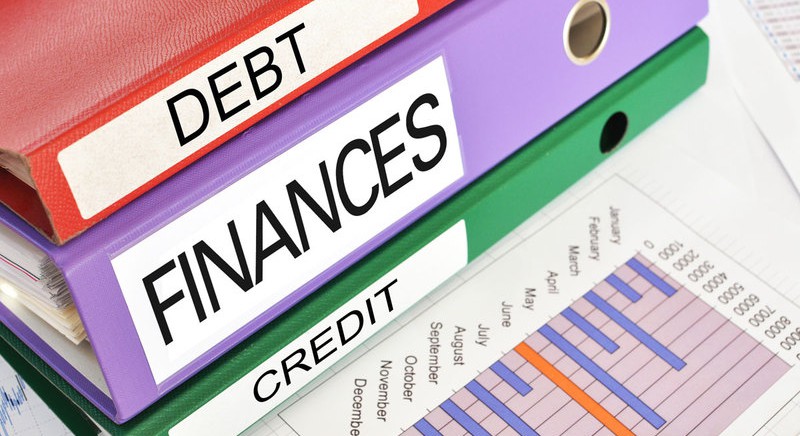Our Blog
Rebuilding Credit After Foreclosure
If you default on your mortgage loan, your lender has the right to repossess your property and auction it off to the highest bidder unless payments are brought up to date. This process, called foreclosure, can seriously damage homeowner’s credit by sending your credit scores plummeting 100 points or more and remaining on your credit report for seven years. Foreclosures limit your ability to obtain new credit in the future and to buy another home. Fortunately, a foreclosure does not mean the end of the world or the demise of your homeownership goal. The impact of a foreclosure, coupled with your efforts to restore good credit, lessens over time, and you can begin to improve your credit by adding positive history to your credit report even within the seven-year period.
To help you re-embark on the road toward homeownership, here are some slow-but-sure steps you can take to rebuild credit after foreclosure.
Use credit reports for credit repair
Home foreclosures appear on your credit report in the “Public Information” section, which lists judgments made against you. Studying your credit report is therefore an excellent first step in rebuilding your credit, as understanding why the foreclosure occurred can help you prevent it from happening again.
As a homeowner, you are entitled to free credit reports annually from each of the three major credit bureaus: Equifax, TransUnion and Experian. Since creditors and lenders may not report to the same or to all three bureaus, examining all three reports will give you the most comprehensive picture of your credit history.
Pay off debts on time
Maxed-out credit cards take a heavy toll on your credit rating. In fact, credit utilization, your total debt compared to total credit, comprises 30 percent of your credit score. Reducing your debt load to below the credit limit and gradually paying off the balances completely is another slow but sure step in recovering from a foreclosure. You should also pay off past due accounts that appear on your credit report.
Creating a positive payment history by paying all your bills on time is another step in the right direction, as lenders will see that you are behaving responsibly with your money. If your pre-foreclosure spending habits were part of the problem, learning how to budget your income is a key element in preventing similar financial mishaps in the future.
Rebuild credit with credit cards
Once your spending habits are under control, maintain a credit card and pay off the balance fully each month, demonstrating that you can control how much you borrow and pay it back on time. For an even greater credit reward, maintain a number of different types of credit simultaneously, including both installment credit (i.e., car loans, student loans) and revolving credit (regular credit cards).
If your negative credit history stands in the way of obtaining a regular credit card, apply for a secured credit card which works just like other credit cards, only you are obligated to make a deposit against the account credit limit, which the creditor holds as collateral in case you default on your payments. The advantage of a secured credit card is that it gives you the opportunity to show off your new and improved spending habits to lenders and boost your scores. Furthermore, after a couple of years of timely payments and improved credit history, creditors often allow you to transition to unsecured credit cards.
Keep stepping in the right direction
There are many more possible ways to rebuild credit following foreclosure. Now that you have taken your first steps, consult with a credit counselor or do your own research on how to continue restoring your good credit reputation — slowly but surely.
SIGN UP FOR A SPECIAL REPORT
Featured Properties
Testimonials
Carolyn Leveyn

Avon, CT
Joseph Killington

Windsor, CT
Recent Posts
Come Visit Us!
Phone: 855-882-2440
Email: info@morganacquisitions.com




0 comments